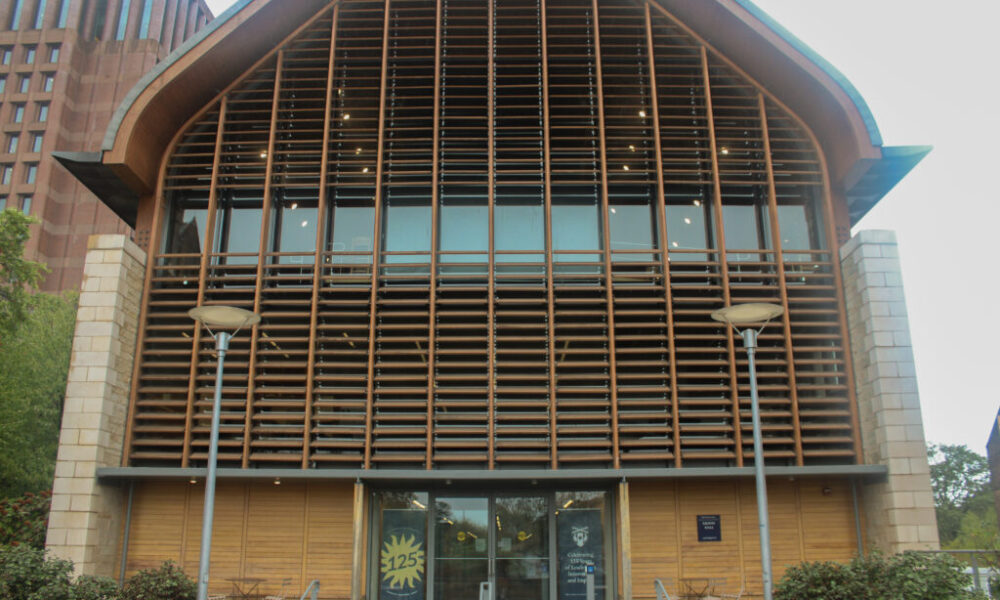Recent advancements in quantum computing have introduced a revolutionary magnetic technique that could significantly enhance the stability, efficiency, and capabilities of quantum systems. Researchers are optimistic that this innovative approach will address longstanding challenges in the field, particularly issues related to decoherence and error rates, paving the way for more practical applications.
Understanding the Quantum Landscape
Quantum computing operates on the principles of quantum mechanics, where qubits serve as the fundamental units of information. Unlike classical bits that can represent a single state of either 0 or 1, qubits can exist in multiple states simultaneously, a phenomenon known as superposition. This characteristic, along with entanglement—where qubits can be interdependent regardless of distance—enables quantum computers to perform complex calculations at speeds unattainable by classical systems.
Despite their potential, current quantum systems face significant challenges. Decoherence, which causes qubits to lose their quantum state, undermines their computational advantages. As researchers work to overcome these obstacles, the emergence of the magnetic technique offers a promising solution.
Enhancing Qubit Control and Scalability
The newly developed magnetic technique employs tailored magnetic fields to manipulate qubits with greater precision. This enhanced control is vital for maintaining coherence and reducing error rates, which are crucial for executing quantum gates—essential components of quantum algorithms. By protecting qubits from external noise and interference, this method improves the overall fidelity of quantum computations.
One of the most pressing challenges in quantum computing is scalability. Traditional systems often rely on superconducting circuits or trapped ions, complicating efforts to expand to the thousands or millions of qubits needed for real-world applications. The magnetic technique simplifies qubit interactions, facilitating more seamless integration and potentially allowing for larger, more sophisticated quantum processors.
Additionally, operating quantum computers typically requires extremely low temperatures to mitigate thermal noise, leading to expensive and cumbersome cooling systems. Researchers are investigating how magnetic fields could stabilize qubits at higher thermal regimes, which may enable quantum computers to function in standard room-temperature environments.
Broader Implications for Quantum Algorithms
The potential impact of the magnetic technique extends to various quantum algorithms, especially in optimization, cryptography, and material science. By reducing error rates and enhancing coherence, these algorithms could execute calculations significantly faster than traditional counterparts.
For instance, breakthroughs in complex molecular interactions—essential in drug discovery—could expedite the development of more effective treatments and innovative materials. Furthermore, advancements in cryptography could lead to unbreakable codes, securing sensitive information in sectors such as finance and national security.
As the magnetic technique progresses, collaboration among physicists, engineers, and computer scientists will play a crucial role in unlocking its full potential. While initial results are encouraging, the journey towards practical applications in quantum computing will require extensive experimental validation and optimization.
The introduction of this magnetic technique signals a significant shift in how researchers approach quantum computing. By fundamentally rethinking and reinventing qubit control and scalability, the field is on the verge of realizing a future where quantum computers become an integral part of technological advancements, capable of solving problems previously deemed insurmountable.
As exploration into this technique continues, the future of quantum computing appears increasingly promising, with the potential to revolutionize various industries and everyday life. The journey has only just begun, and the possibilities within the quantum realm are vast, hinting at a new era of technological innovation.







